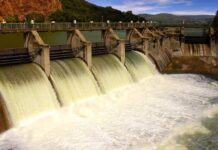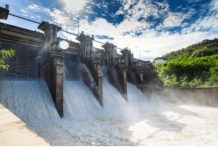UK’s National Nuclear Laboratory (NNL) said it will use Radball technology to facilitate clean-up operation at the Fukushima nuclear reactor in Japan.
NNL has agreed to work with Hitachi-GE Nuclear Energy (HGNE) and TEPCO to carry out the process.
Radball technology, which is around the size of an orange, has been developed at the NNL in Salwick, near Preston, Lancashire, UK.
The technology features a radiation sensitive polymer material, which becomes permanently opaque when exposed to radiation.
The technology, which does not require any external power supply, identifies the locations of the major contamination hot-spots and produces a 3-D image, which can be used to target the clean-up operation at the Fukushima plant.
RadBall will help prevent workers at Fukushima from having to scan the site with handheld detectors and avoid other expensive equipment from being damaged or contaminated.
NNL managing director Paul Howarth said the cleanup of the Fukushima Daiichi site is one of the major challenges facing the global nuclear industry at present, and the new technology will be considered as part of the solution to that challenge.
“We are looking forward to working with HGNE and TEPCO to better understand the details of the site and to help them to evaluate the capabilities of RadBall,” Howarth added.









































